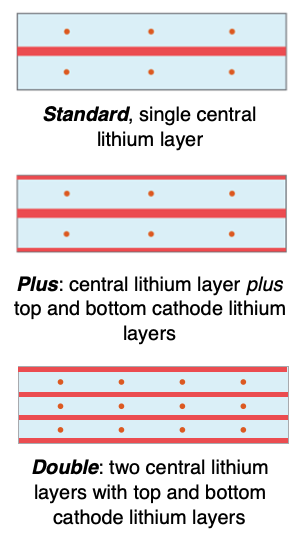How it works
A foil of Li-6 isotope converts neutrons to other detectable particles (an alpha and triton). These particles ionize the chamber gas, and electrons produced are detected by system electronics and delivered as neutron detection events.


From single pulse height to spectrum
Pulses from the signal amplifier that have a pulse height above a specific threshold voltage, called the neutron cutoff voltage, are designated as a neutron signal. These large pulses represent a level of primary electrons and primary positive ions that were created when either one or both of the triton and/or alpha exited the lithium foil, and ionized the readout gas. A pulse is counted as a neutron if it creates a signal that surpasses the neutron cutoff voltage.
Smaller pulses that are below the neutron cutoff are in the gamma region, and not designated as neutrons. Pulses that are below the neutron cutoff can be induced by gamma rays, thermal- and electro-magnetic induced noise on the readout electronics.

Large counts, large peak
Because every chamber is similarly or more efficient than a He-3 tube, and since the signal has a peak feature similar to He-3, the signal is easy to apply standard He-3 electronics to, and the gas gain can be tracked by the peak feature.

Three efficiency densities
The core chambers come in three performance levels, Standard, Plus, and Double.